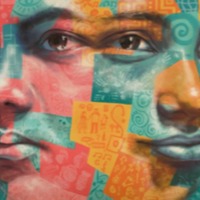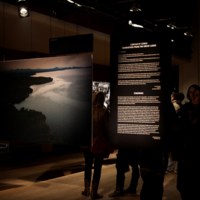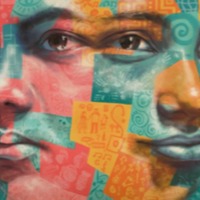
Caroline
There is an estimated 48,000 people living in modern slavery in Libya (GSI 2018). Libya is a major transit destination for migrants and refugees hoping to reach Europe by sea. Human trafficking networks have prospered amid lawlessness, created by the warring militias that have been fighting for control of territories since the toppling of Muammar Gaddafi in 2011. Highly organized trafficking and migrants smuggling networks that reach into Libya from Niger, Nigeria, Chad, Eritrea, Ethiopia, Somalia, Sudan, and other sub-Saharan states subject migrants to forced labor and forced prostitution through fraudulent recruitment, confiscation of identity and travel documents, withholding or non-payment of wages, debt bondage, and verbal, physical, and sexual abuse. In some cases, migrants reportedly pay smuggling fees to reach Tripoli, but once they cross the Libyan border they are sometimes abandoned in southern cities or the desert where they are susceptible to severe forms of abuse and human trafficking. Caroline thought she was travelling to Europe with her boyfriend, but he sold her to a woman who took her to Libya and sold her on again to another man. She was taken to Tripoli and forced into prostitution. After Caroline escaped prostitution, she went to live in a residential house. But this house was raided and she was put in a prison where she was subjected to physical and sexual abuse daily. She was finally able to escape the prison by jumping a fence and found herself at a place where people were getting on a boat to Italy. She joined them, but the journey was not easy.

I Dream of Congo, Touring Exhibition, Congo Connect
‘I Dream of Congo: Narratives from The Great Lakes’ is a unique exhibition combining words and images from renowned international creatives alongside a groundbreaking exhibition of photos taken by women in eastern Congo. The exhibition celebrates the hope and optimism that pervades in the region despite years of war. It poses hard questions around the international community’s inaction in the face of the conflict, the continuing illicit trade in minerals from Congo and the failure to stem the tide of sexual violence.
During the February 2013 exhibition launch, The Frontline Club, Women for Women International, One Billion Rising and Save the Congo held events in the space that related to the theme. The exhibition was first shown in February 2013 at Conway Hall London, before moving on to other venues in the UK, including a conference on the Democratic Republic of Congo at St Andrews University in April 2013. In 2014, 'I Dream of Congo' formed part of the 'Brutal Exposure' exhibition at the International Slavery Museum in Liverpool. Most recently, the exhibition appeared at the June Global Summit to End Sexual Violence in Conflict in London's Excel Centre, spearheaded by William Hague and Angelina Jolie. At this Summit we hosted an exclusive event and film screening with Dr Denis Mukwege.

Amasya
Born in Armenia but unable to find work there, Amasya was trafficked to Turkey, where victims also arrive from Ukraine and Moldova, and manipulated into a situation of prostitution. As well as Turkey and the UAE, Armenian women and girls are trafficked for sexual exploitation to Russia, Greece, and other European countries. It is estimated that 480,000 people are living in slavery in Turkey. The Turkish government significantly increased its law enforcement response in 2007 by convicting and punishing more traffickers. However, there is a lack of secure and consistent government support for trafficking shelters, hindering Turkey’s anti-trafficking efforts.